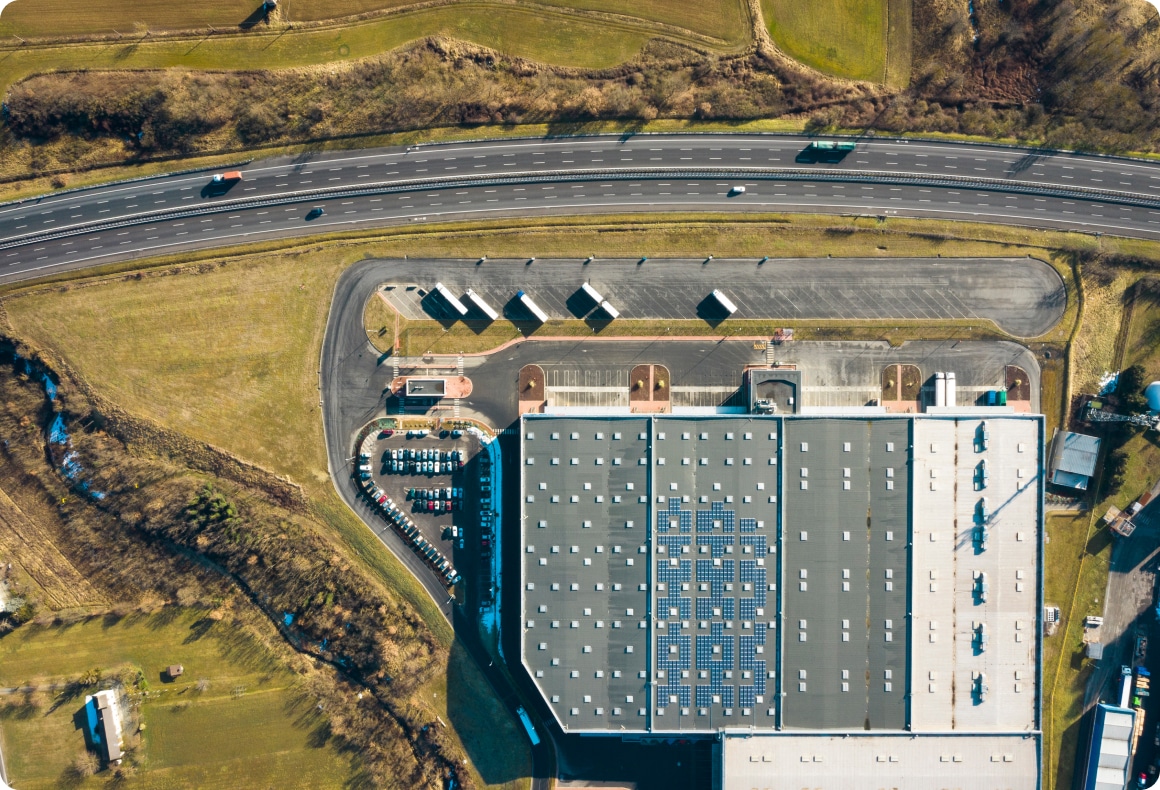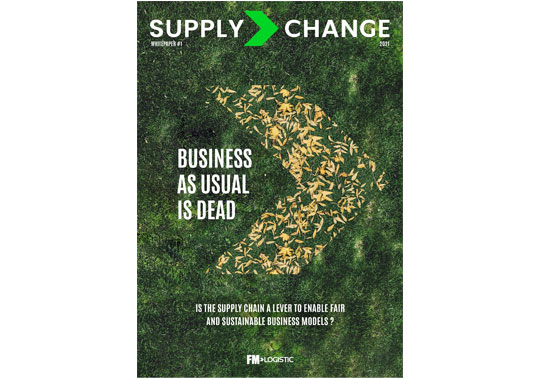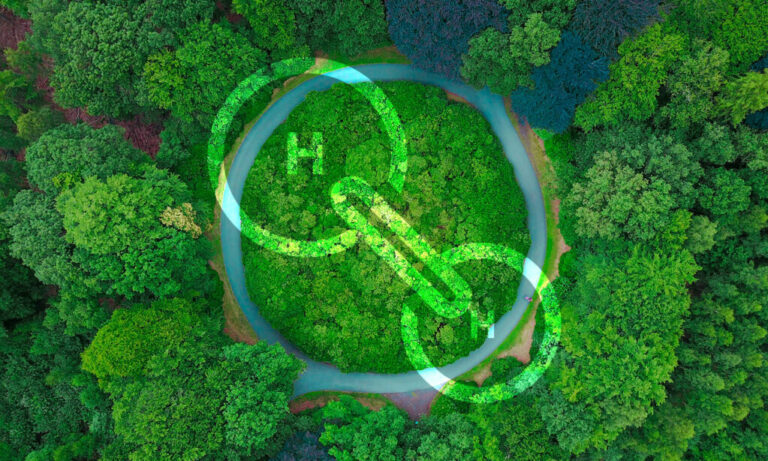Things are changing fast when it comes to using green energy sources. Perhaps the most obvious progression today is in electric cars. Manufacturers and governments are pulling together to deliver ever more ambitious objectives, moving to eliminating petrol and diesel cars and car buyers appear happy to follow, if the price is right. There is also some progress on electric trucks, but changes are happening more slowly here, for now. With its reliance on diesel trucks, the logistics sector seems to dragg its feet.
In fact, there are innovations in the logistics sector that may soon change that, as companies such as FM Logistic look at the question more holistically.
Logistics is all about transporting goods from A to B. But at the heart are the hubs that are the logistics platforms and warehouses. Warehouses may contribute to major progress in terms of green energy.
Ideal buildings for producing solar energy
Given the vast surface area available, warehouses are ideal locations to produce low-carbon energy from solar panels. The warehouses can produce enough power to satisfy their own needs and still have enough energy spare to distribute for other uses. Without a technical solution to store the energy produced, the average warehouse uses no more than 10-20% of the energy it can produce to power lighting, heating and air conditioning.
But logistics centres are not just buildings with a big roof. They are hubs and distribution centres with vehicles arriving and departing constantly, linking them to locations near and far. Is it possible to use this strategic position to produce and distribute green energy, to further the energy transition? These transport hubs could become energy hubs.
Batteries are not the only solution, maybe hydrogen is also part of it
To make this transformation, electric batteries are unlikely to be the only solution. They are costly to produce, controversially use rare-earth elements and are difficult to recycle. A promising solution might come from hydrogen.
Low-carbon renewable energy by electrolysis of water can produced hydrogen. It is the process of using electricity to split water into oxygen and hydrogen. The hydrogen gas could then be stored, under pressure in tube trailers, or directly compressed in a fuel station tank ready for distribution. The cost is ten times lower than battery-type storage technologies. Moreover, hydrogen-powered vehicles are quicker to refill than batteries are to recharge.
Using the power of hydrogen
There are some existing uses for hydrogen. For example forklift trucks have used hydrogen for over 10 years. And the first hydrogen powered trucks are on the roads operating with similar performance and range to current diesel versions.
Installing hydrogen stations in the hubs located close to major roads and intersections can be a solution. The warehouses becoming not only hydrogen production facilities but also refuelling stations for the trucks using the logistics centre. Hydrogen can power smaller delivery vehicles as well, for short-distance delivery into the towns surrounding each logistics centre, and other vehicles serving the local population such as public service vehicles and taxis, creating a local energy ecosystem.
The H2HUB, Innovation fuelling a greener tomorrow
FM Logistic is a forerunner in the domain of green energy, and more specifically green hydrogen. Its different projects around green hydrogen will be a proof of this. These projects are currently underway in Spain and France and can be easily replicated across both countries and potentially elsewhere in Europe.
In central Spain, FM Logistic is developing a project that combines on the same site solar PV power generation on warehouse rooftops, and the production of green hydrogen (by means of an electrolyzer). The hydrogen produced would be used to power forklifts and a fuel-cell powered van. This project configuration has been designed to close a fully decarbonized, zero-emission loop between energy production and consumption for logistic purposes. The phase 1 of the project will be operational in 2021.
In France, the project H2Hub is a concept for the deployment of hydrogen in suburban France. Using its warehouses, a network of hydrogen production stations would be set up with one main station supplying auxiliary stations. This avoids the need for on-site production for each station. At the same time, it minimizes the cost of transport with production sites in close proximity. It also opens the door to scalable deployment, introducing additional fuelling stations at a competitive cost when growth in hydrogen demand justifies it.
The economic model and its environment benefits doesn’t only rely on the logistics sites. It also relies on the integration into a local ecosystem of partners. For example, supplying H2 to local partners such as waste collection or urban transport companies. Engaging with economic actors of the local ecosystem and partnering with authorities to reach higher impact has been at the core of FM Logistic sustainability strategy. It will become truer, looking at the future challenges and the role logistics could play.
The logistics sector is ready to create a green Supply Chain
Far from being at the back of the line, logistics providers are anticipating the transformations that are needed. They investigate how to take the logistics business from a high-emissions operation to a potentially net positive sector. Solutions such as the H2Hub address the issue of transport decarbonisation and regional planning more generally. Discover more about the decarbonisation of road transport by reading our article : “Are hydrogen fuel cells a realistic answer to decarbonising road transport?”
FM Logistic is ready to play a pioneering role in the energy transition of the freight sector and to pool the ecosystems it manages to create a more social and ecological distribution network.
We are smart enough to know that alone you are nothing, together, we could change the world. By fostering partnerships with clients, start-up and consumers, we will collectively impact our world. Collectively, we raise our consciousness about a new consumption. Together, let’s make the supply chain and consumption greener and more social, from warehousing to consumer delivering



